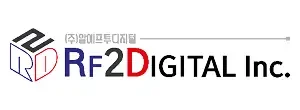- Question
DRM is presented as more efficient than FM. Why is that?
(Bangalore radio expert)
- Answer
DRM used in the VHF bands is energy, spectrum, hardware and labour efficient with enhanced audio quality. Whereas in analogue only one audio programme can be transmitted from a transmitter, the same transmitter in DRM digital can transmit up to 3 audio programmes, multimedia services like Journaline, and a host of other value-added services.
For the same coverage area, much less transmitter power is required in DRM digital. Existing transmitting infrastructure (transmission lines, towers, antenna etc) are sufficient for DRM digital broadcast, too. In the FM band, one analogue audio channel occupies 200 kHz frequency spectrum; using DRM digital, from the same transmitter, in just 100 kHz frequency spectrum (i.e., half the spectrum that is required for analogue) up to 3 audio programmes (along with additional multimedia services and value-added services) can be transmitted.
Wideband FM transmitters (up to 800 kHz bandwidth) are very common nowadays. One such wideband transmitter can transmit up to 24 DRM audio programmes, in just 800 kHz frequency spectrum. Relative quality of audio programmes can also be adjusted by allocated different bitrates.

















